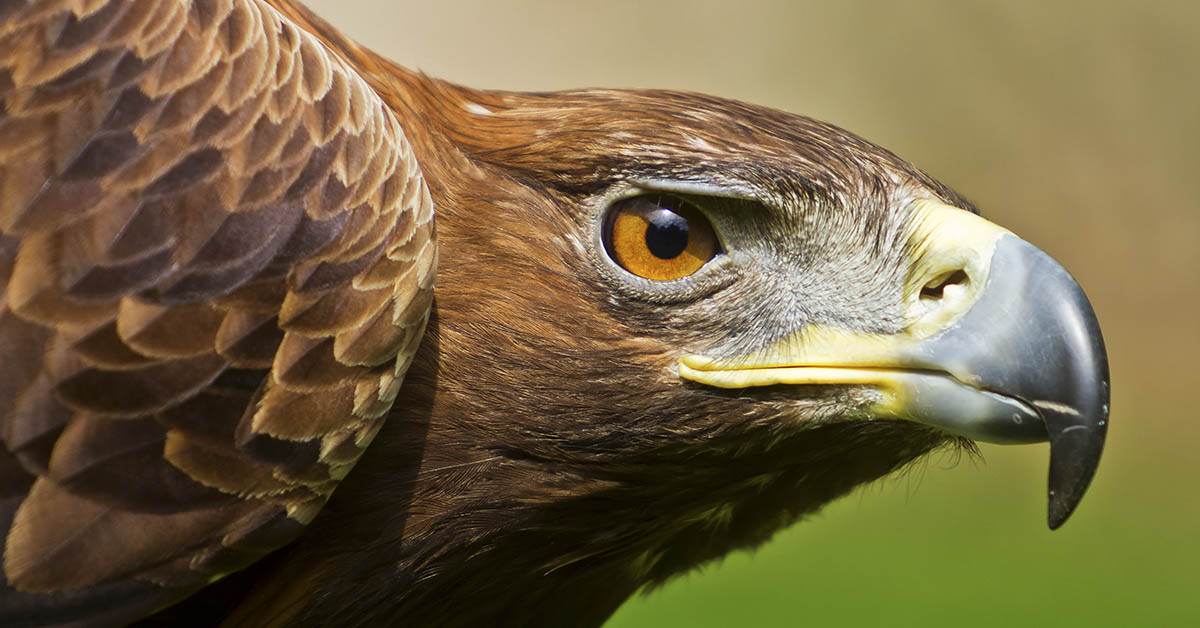Optical illusions that hide animals in plain sight provide a fun, engaging way to test your vision and sharpen your observational skills. From woodland scenes to dense foliage, these puzzles put your eyes and brain to work. Many viral optical illusions challenge viewers to find a hidden creature in under a few seconds, suggesting those who succeed may have sharper vision or faster visual processing.
The basic idea is simple, yet captivating. You are shown a complex or cluttered image and asked to locate one specific animal camouflaged within it. Success requires focus, attention to detail, and sometimes shifting your perception to catch subtle patterns. Beyond being entertaining they also offer cognitive benefits, such as improving visual perception and enhancing brain function.
Can You Spot The Cat in This Image

The cat is hidden so well that finding it requires a sharp eye and strong attention to detail. It is not immediately obvious, which makes the challenge all the more satisfying once you finally spot it. These types of illusions go beyond simple entertainment. They help improve focus, boost memory, and train your brain to recognize even the smallest patterns and inconsistencies. It is a great way to test your vision and how observant you really are. So, how long did it take you to find the cat? Share the challenge with your friends and see who has the sharpest eyes!
Why Are Hidden Animal Illusions So Popular?

Firstly, they are accessible. You don’t need special tools or prior knowledge, just a keen eye. Secondly, they tap into our natural interest in puzzles and challenges. Spotting something hidden triggers a sense of achievement that feels rewarding. Thirdly, these illusions act as an informal self‑test. Many sources suggest those who find the hidden animal quickly may have 20/20 vision or a high IQ. Finally, they foster engagement and sharing online, as people love discussing what they saw and comparing response times .
Woodland Camouflage
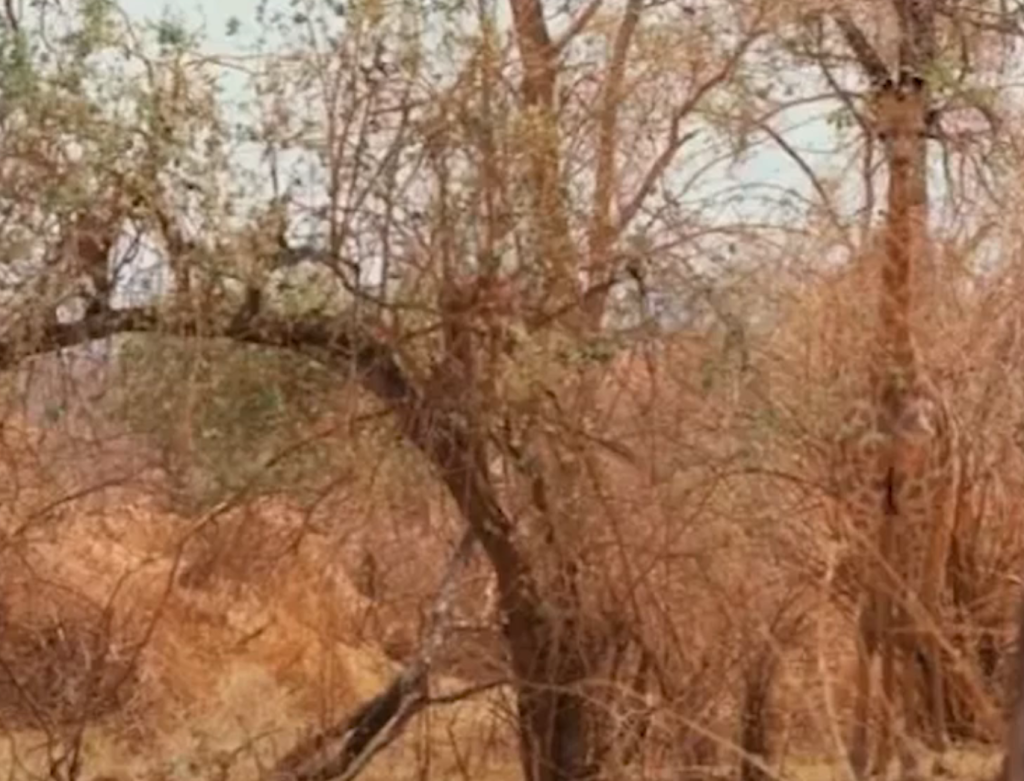
One of the most well-known types of visual puzzles involves testing your vision by hiding animals such as deer, owls, or giraffes among dense tree trunks and forest scenery. The goal is to make the animal nearly indistinguishable from the natural environment around it. In these illusions, the creature’s shape, posture, and outline are cleverly disguised using branches, shadows, and bark patterns. A popular version of this puzzle challenges viewers to find a giraffe among a network of bare twigs and limbs within just 20 seconds.
Success often requires more than a quick glance, it calls for a deliberate, systematic approach to scanning the image. By dividing the picture into zones and examining each section slowly, the viewer increases their chances of spotting the animal. These illusions test your ability to detect hidden shapes that your brain initially overlooks.
Foliage and Grass

Another widely used style places animals like rabbits, cats, or birds within thick grass, leafy ground cover, or bushy shrubs. These puzzles can be especially tricky because the animal’s form is often broken up by overlapping plant textures and similar tones. For example, one viral challenge features a rabbit concealed in tall, dry grass, and many viewers are stumped for several seconds or longer.
Observers are often advised to look closely at the edges where different colors or textures meet, such as where green leaves turn brown or where stems create visual lines. These boundaries can offer subtle clues that reveal the presence of a hidden creature. Those who locate the animal quickly are often praised for their excellent visual acuity and attention to fine detail.
Read More: What’s Your Brain Telling You: ? The Left-Brain vs. Right-Brain Test
Test Your Vision: Patterned or Abstract Designs
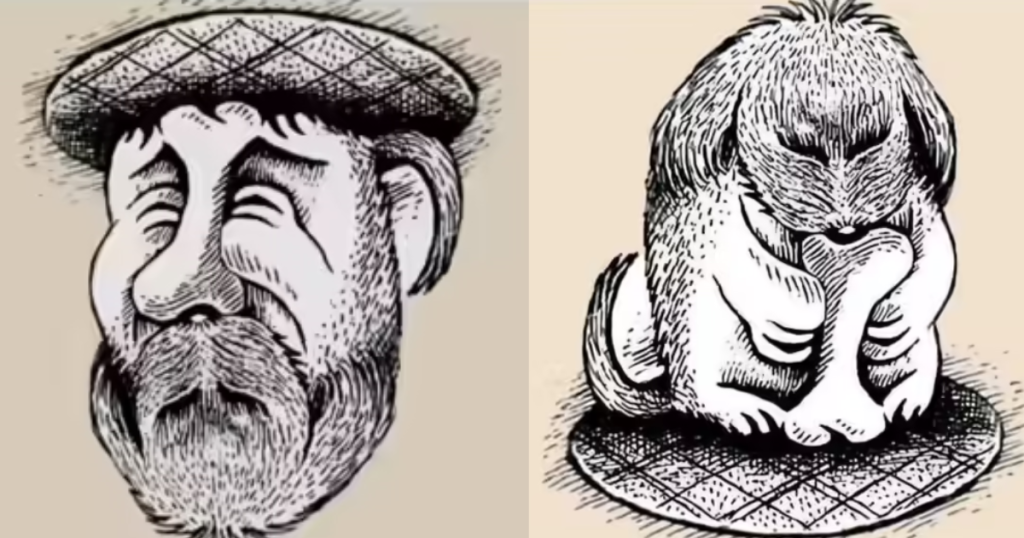
For those who enjoy a more advanced challenge, some optical illusions rely on the brain’s tendency to misinterpret orientation and context. A striking example is the image of a man’s face turned upside down. At first glance, it looks like nothing more than a strangely angled portrait. But flip it the right way up, and the illusion reveals a completely different image, a dog chewing a bone. These types of illusions are not based on camouflage or cluttered backgrounds but on cleverly disguised image construction. The animal is not blended into scenery, but instead hidden through visual misdirection.
Your brain initially tries to interpret the image based on facial recognition patterns, which masks the dog entirely. It is only when the orientation changes that your perception shifts, allowing you to mentally separate the original face from the hidden animal. This process requires a high level of cognitive flexibility and strong visual processing skills. The ability to shift quickly between interpretations, man or dog, upside down or upright, is what makes these illusions so compelling. Once you see the dog, the man’s face fades away and it becomes nearly impossible to view it the same way again. These illusions are not just a test of eyesight, but of how adaptable your brain is when it comes to interpreting ambiguous visual information. Puzzle enthusiasts and cognitive scientists alike value these challenges for the way they engage both perception and problem solving in a truly unique way.
How Optical Illusions Enhance Cognition
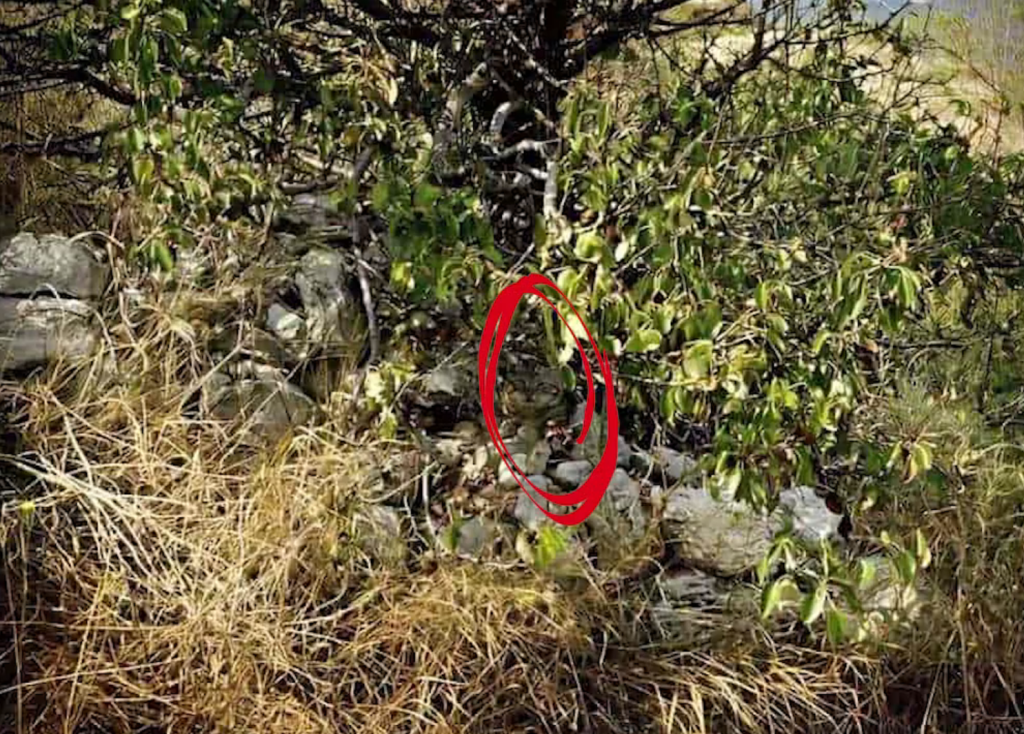
While they may seem like simple games at first glance, optical illusions actually offer significant cognitive benefits. Beyond the fun and challenge, these puzzles encourage the brain to work in ways that improve various mental skills. From sharpening attention to boosting visual processing and engaging multiple brain regions at once, illusions involving hidden animals are more than just a test of eyesight, they are a full-brain workout. Here is how these visual challenges contribute to mental sharpness and cognitive development.
Boosting Visual Discrimination
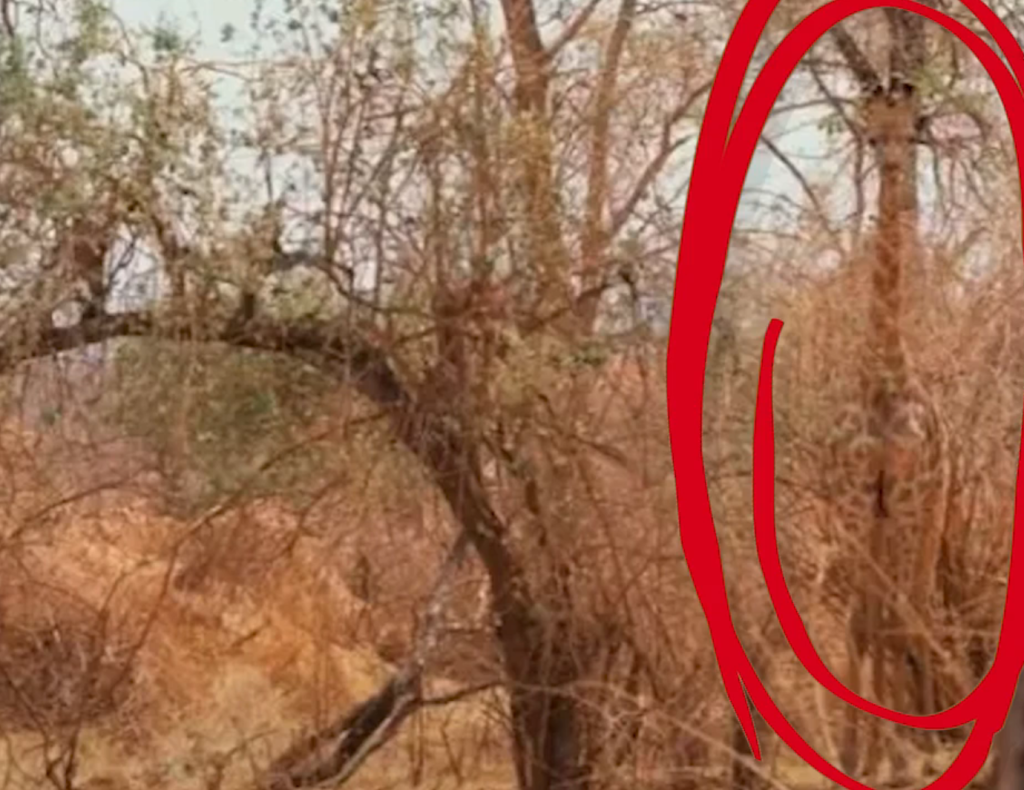
Searching for hidden animals within complex or cluttered images challenges your brain to detect fine details and subtle differences in patterns, shapes, and shading. This practice engages your visual discrimination abilities, the skill your brain uses to distinguish between similar visual elements. Regular exposure to these types of illusions can sharpen this ability, making it easier to pick up on small changes in your environment. Whether it is identifying a face in a crowd or spotting a typo in a document, enhanced visual discrimination plays a vital role in both everyday tasks and more advanced visual activities. It helps you process visual information more quickly and accurately, improving your perception overall.
Training Patience and Focus

Hidden animal illusions are not always easy to solve quickly, and that is part of what makes them such effective tools for training patience and concentration. Unlike simple puzzles that rely on instant recognition, these illusions reward those who slow down and carefully examine each part of the image. They teach you to resist the urge to guess or jump to conclusions, instead encouraging a step-by-step approach.
Many viewers use scanning techniques, such as dividing the image into sections or sweeping from left to right, to methodically search for clues. Over time, this type of focused effort can strengthen your attention span and help build mental endurance. The skills gained from solving visual puzzles are transferable, making it easier to stay attentive and avoid distractions in other areas of life.
Test Your Vision By Stimulating Brain Regions: Did You Find The Cat?

Research has shown that testing your vision by solving optical illusions and visual puzzles activates multiple regions of the brain simultaneously. These include the occipital lobe, which is responsible for visual processing, as well as areas related to attention, memory, and problem solving. The prefrontal cortex, for instance, is engaged when you make judgments or strategize about where to look next. The parietal lobe helps interpret spatial relationships and guide eye movement.
This broad brain activity makes optical illusions a kind of mental cross-training exercise, challenging both the analytical and creative sides of your mind. In fact, some cognitive scientists believe that engaging in this type of visual problem solving may even help maintain brain health over time, especially when practiced regularly. These illusions are more than a passing online trend, they are a form of low-stakes brain training that can contribute to long-term cognitive strength.
Read More: Test Your Eagle Vision: Find the Two Hidden Lizards
